April 27-May 3, 2025
The spring that keeps on giving
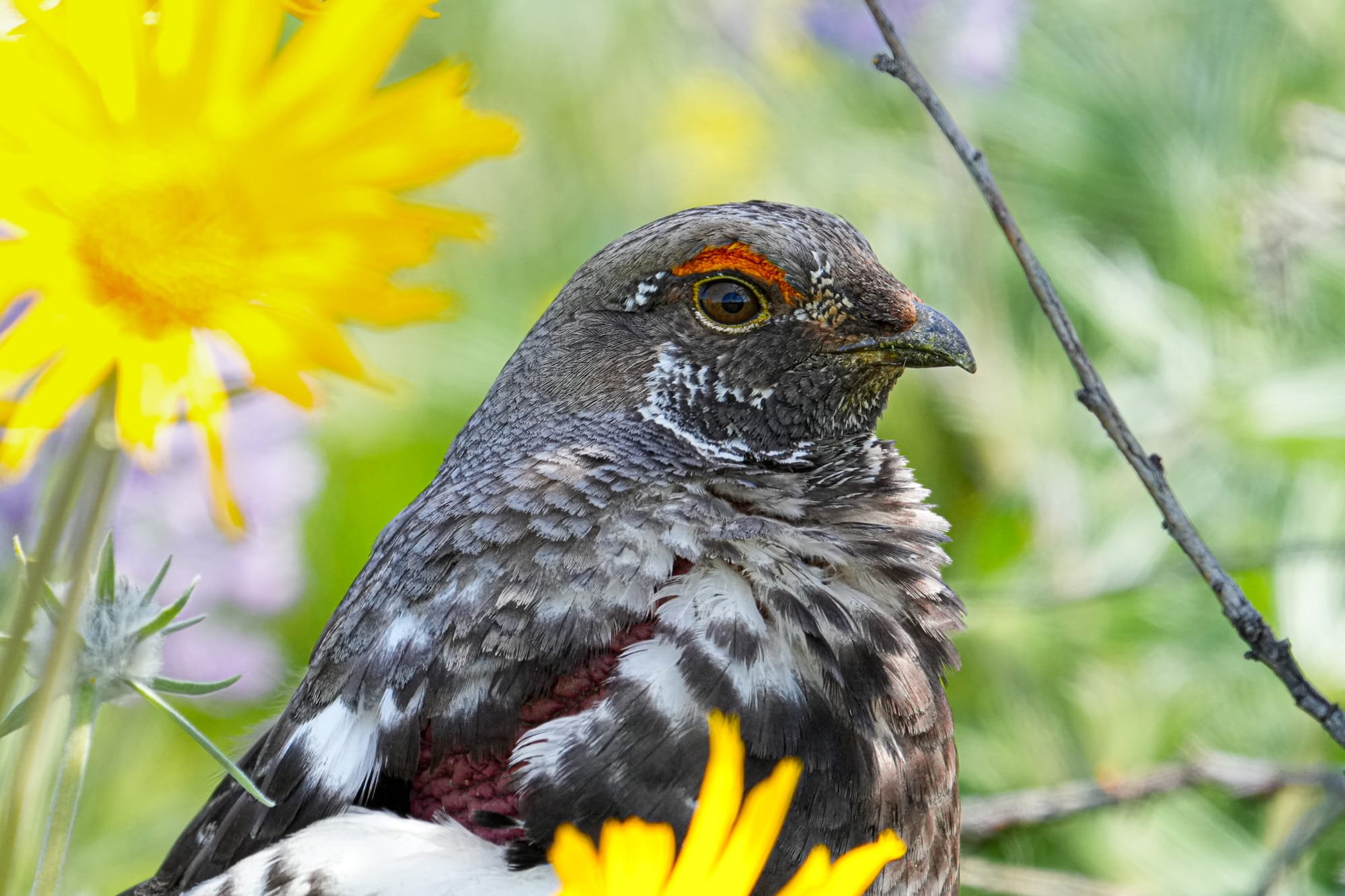
Even as the days turn warm and sunny, the winds of spring have also returned and some days have been surprisingly cold.
Week in Review
This has been a spring for the record books! The mind-blowing flower displays just won't give up, and as soon as it seems the hills couldn't get any more yellow, the flowers kick it up a notch and have now added carpets of purple lupines to the mix.
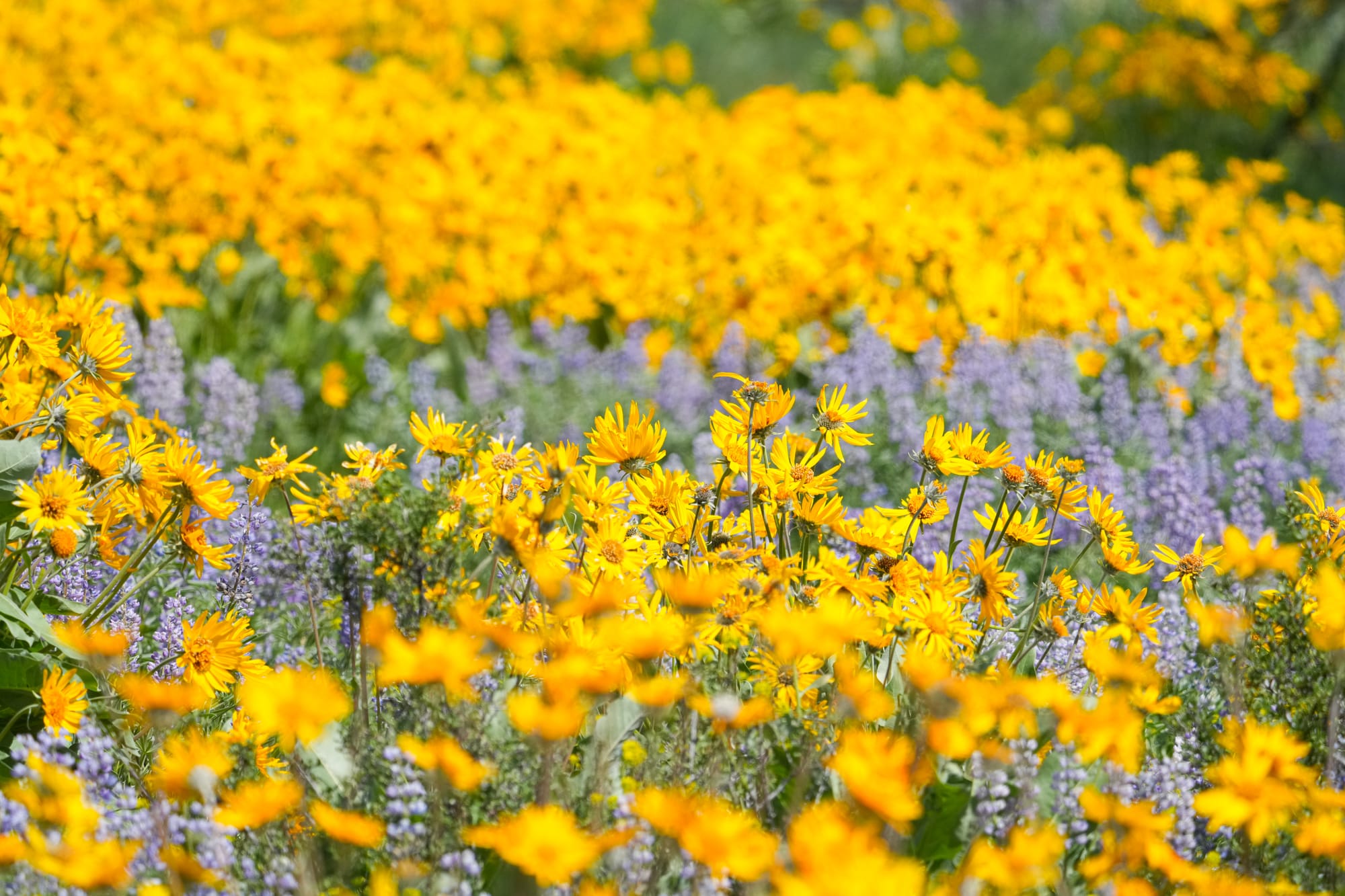
One of the highlights of the Methow Valley is seeing flamboyant flower displays and snowy peaks at the same time, and this year has been giving us stellar examples from almost every spot in the valley.
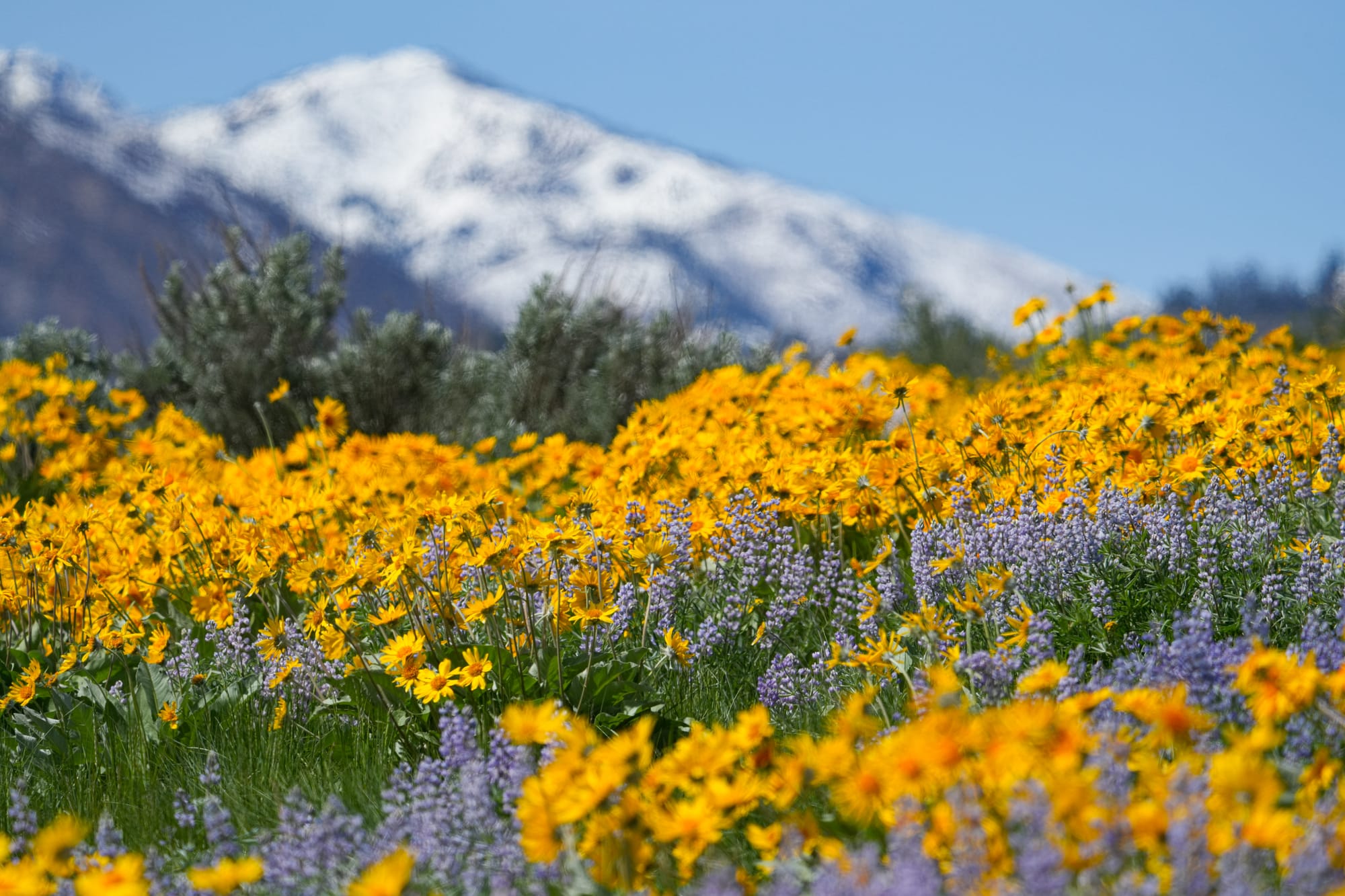


Balsamroot flowers and snowy peaks from three perspectives. Photos by David Lukas
However, flowers are providing only some of the colors in the landscape these days. Colors are everywhere right now, so drink them up while they're here!

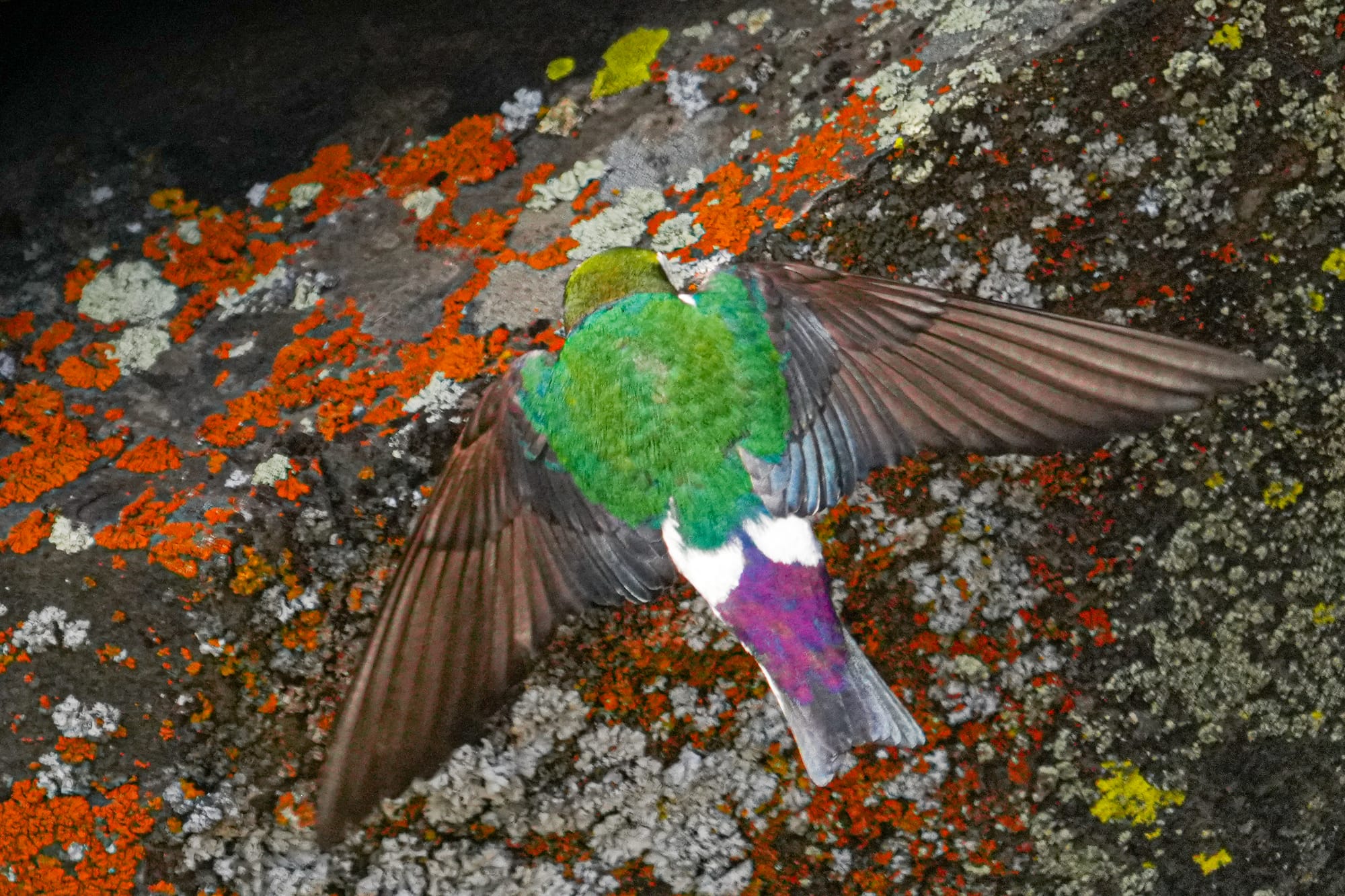
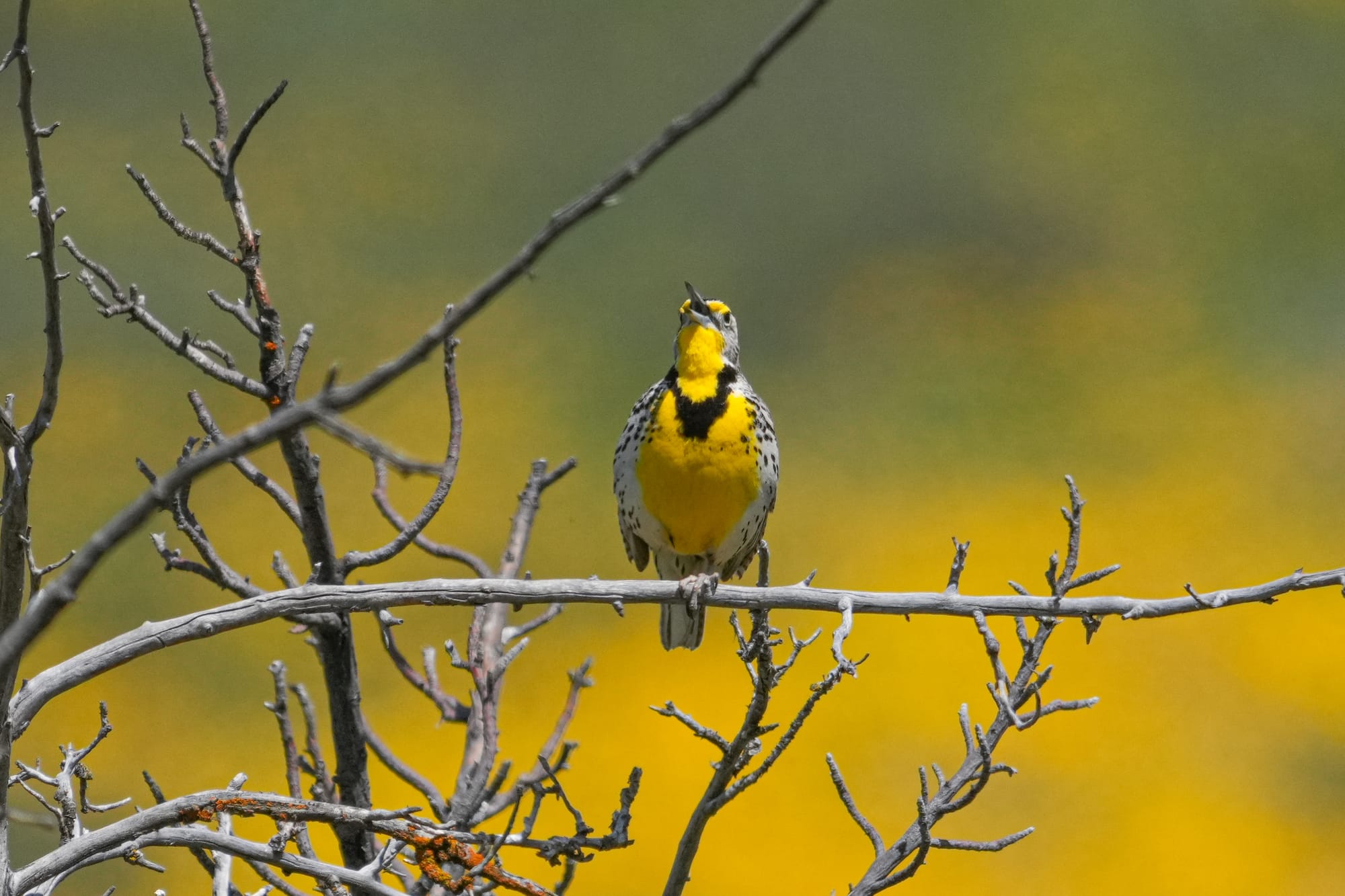
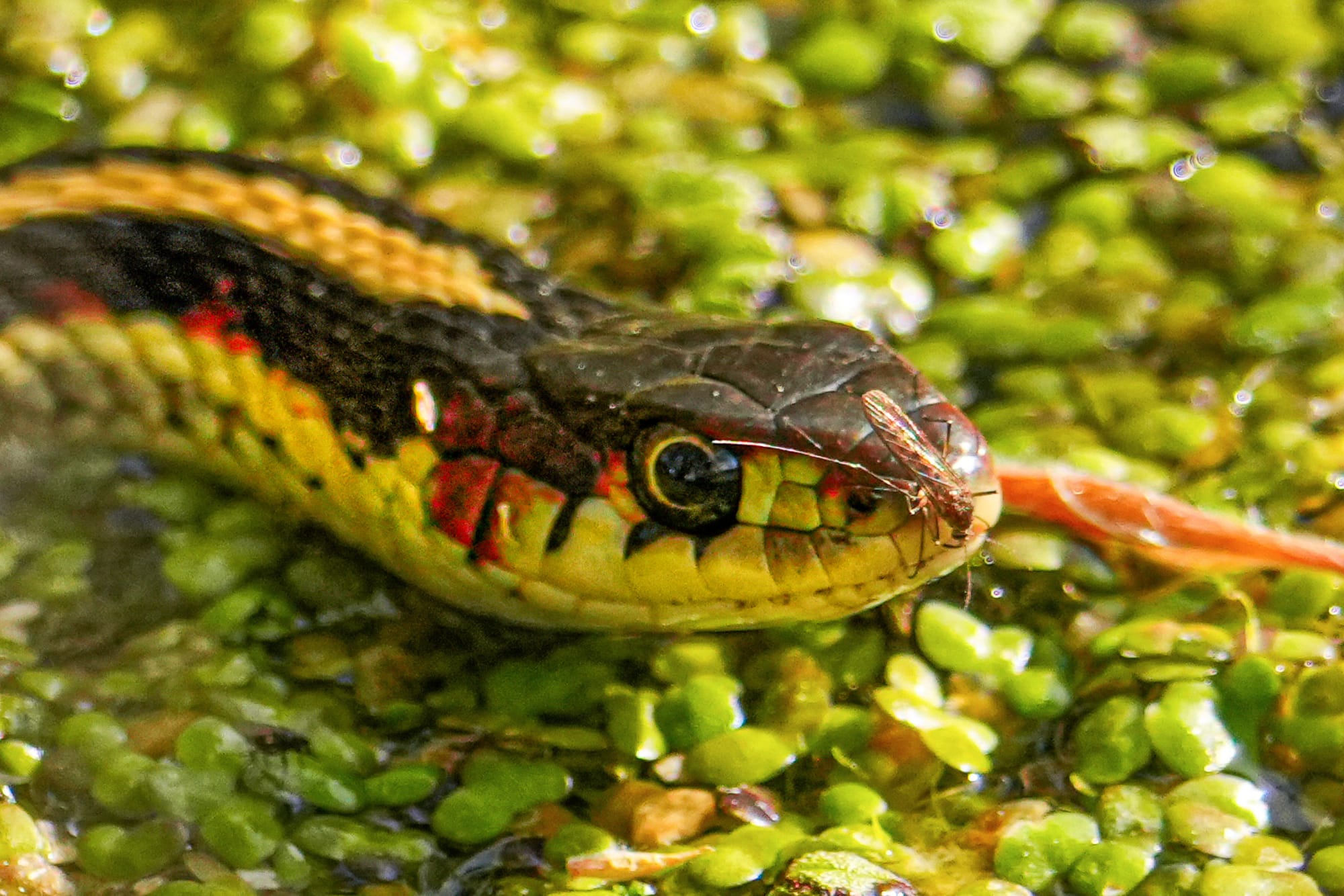
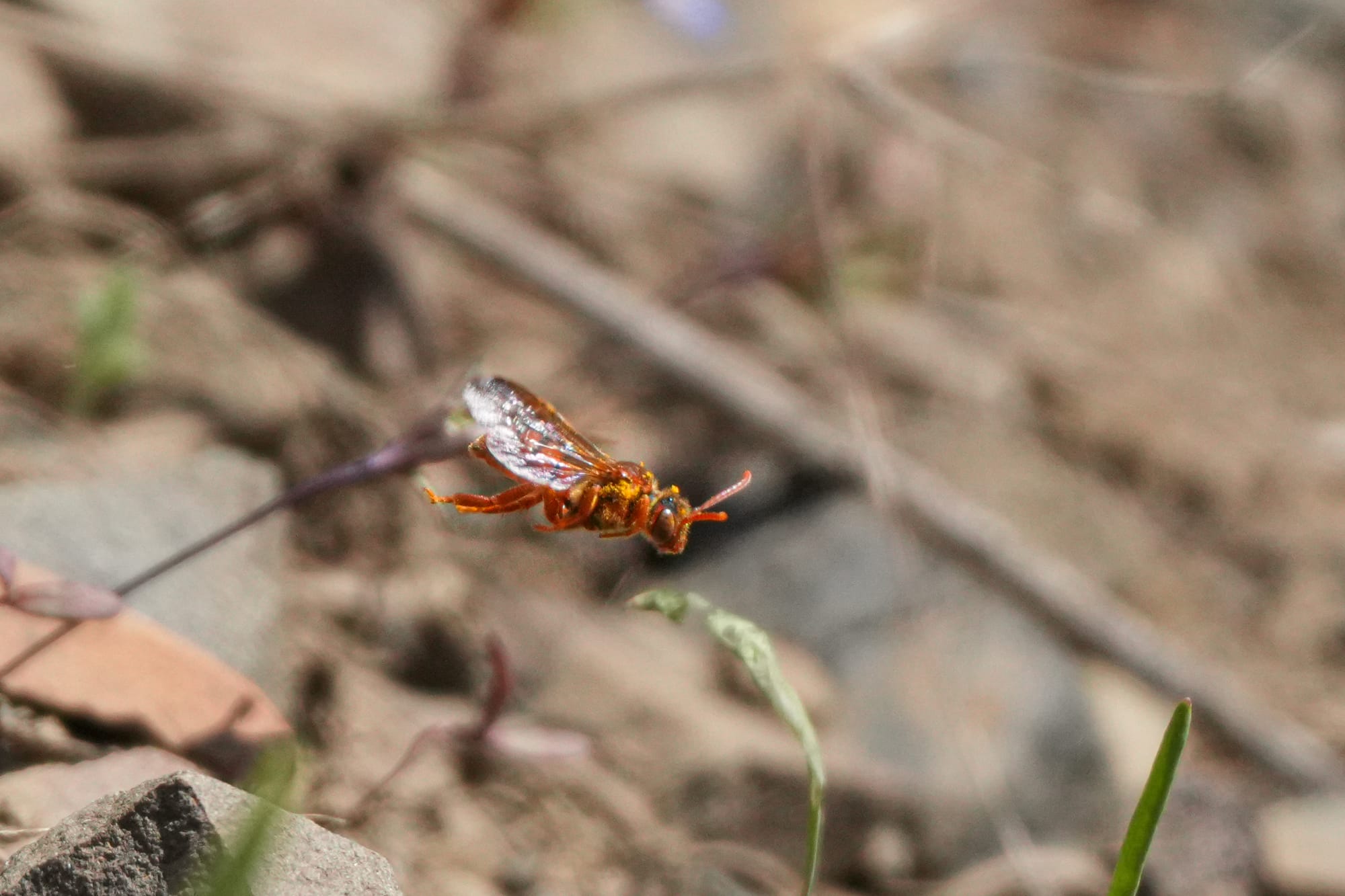
Bird migration is now officially underway and two days ago there were an estimated 460 million birds migrating across the United States. Many newscomers arrived in the Methow Valley this week (Nashville and orange-crowned warblers, rough-winged swallows, and yellow-headed blackbirds), and many others are on their way (northern orioles, western tanagers, red-eyed vireos, yellow-breasted chats).
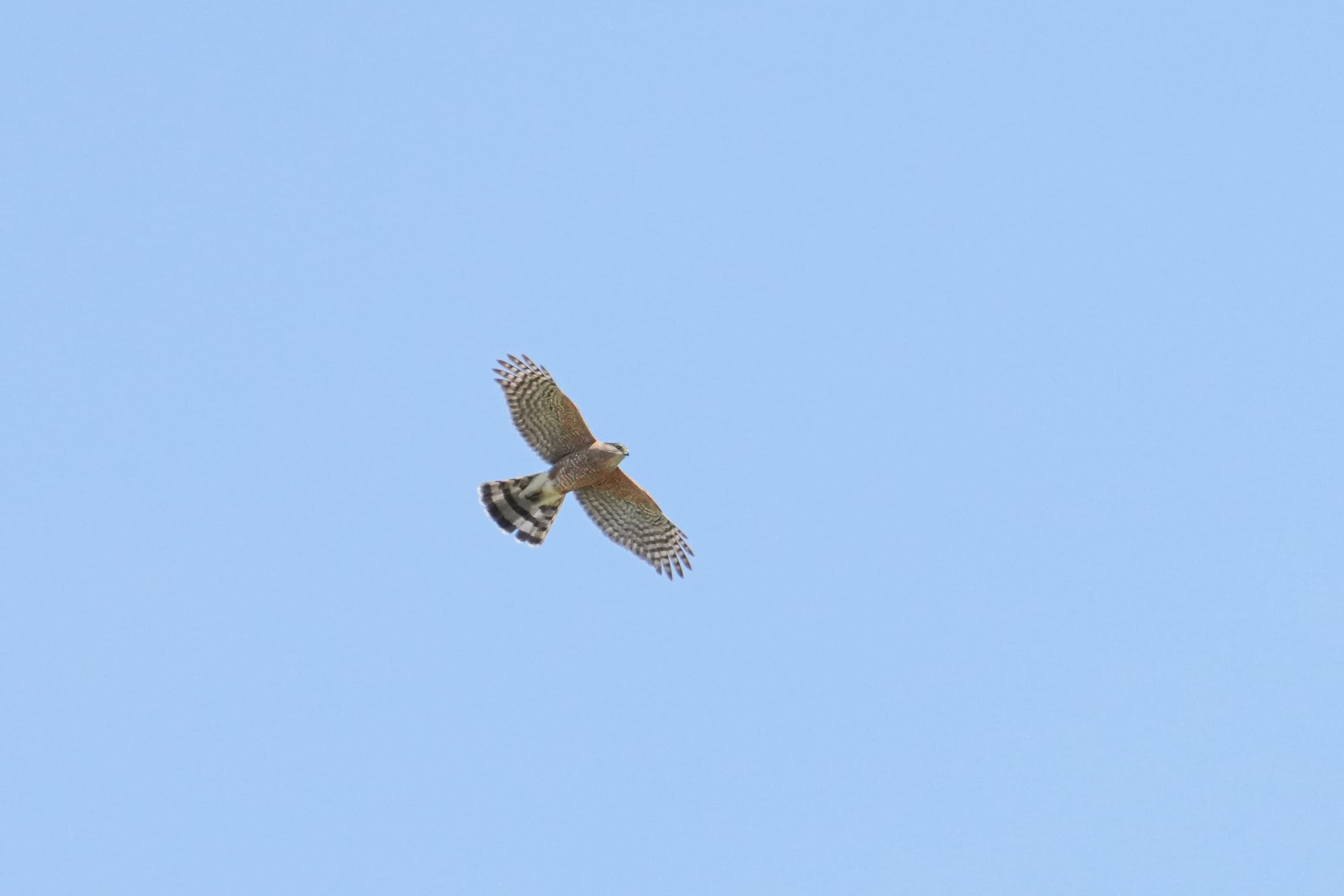
On another note, I spent some time in Pateros, at the mouth of the Methow River, this week, and I want to celebrate the fact that Pateros is a beautiful part of the Methow Valley. I am thankful that many newsletter subscribers live in Methow, Pateros, and Brewster because the lower reaches of the Methow River and the Columbia River combine to create unique habitats that are an overlooked part of the larger Methow Watershed.

This is an especially good area for birds that are drawn to and depend on large, open bodies of water absent in the upper reaches of the watershed, so spending time in Pateros and Brewster is a fantastic way to understand the story of how birds are using the larger landscape of north-central Washington.
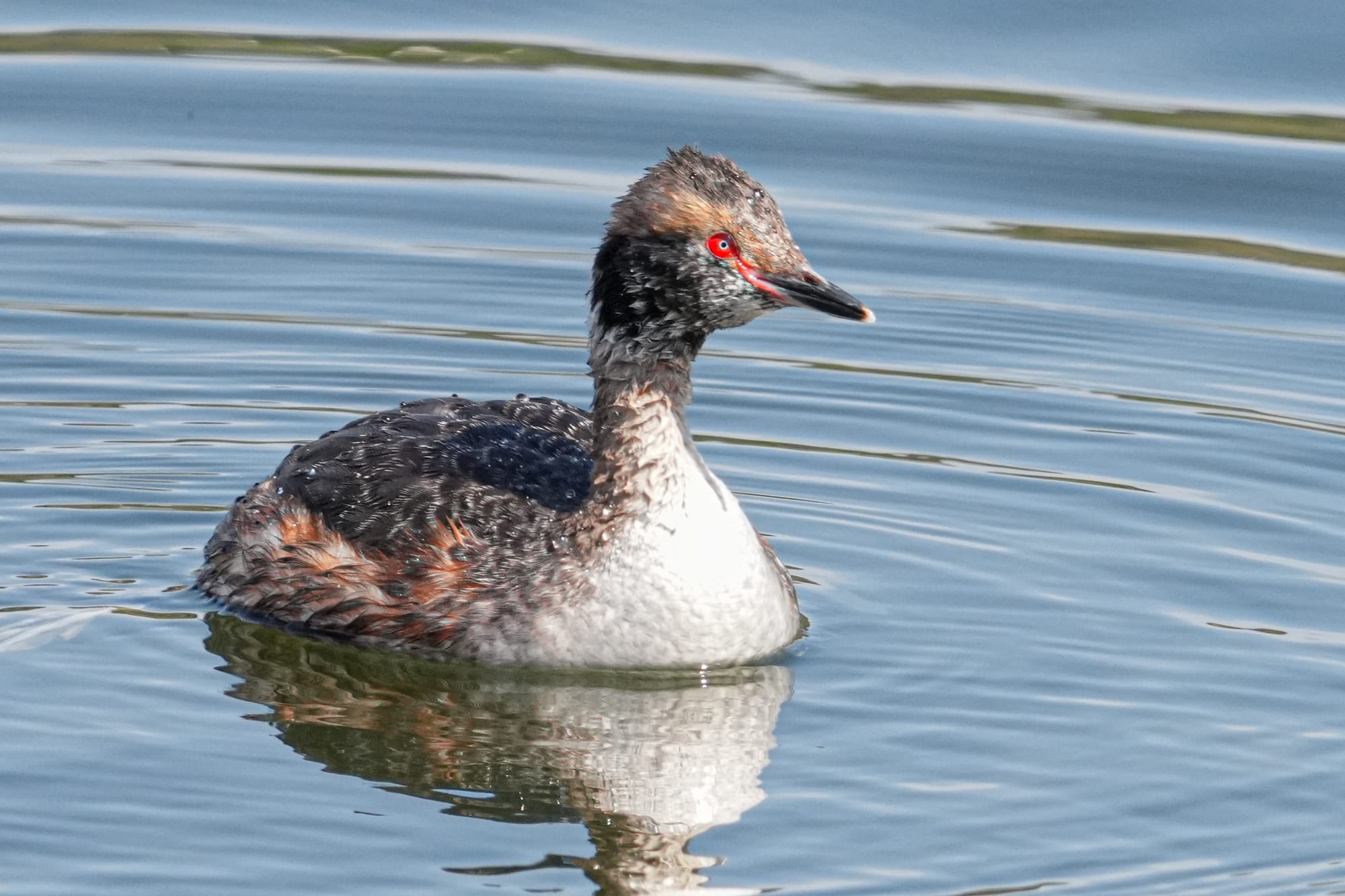
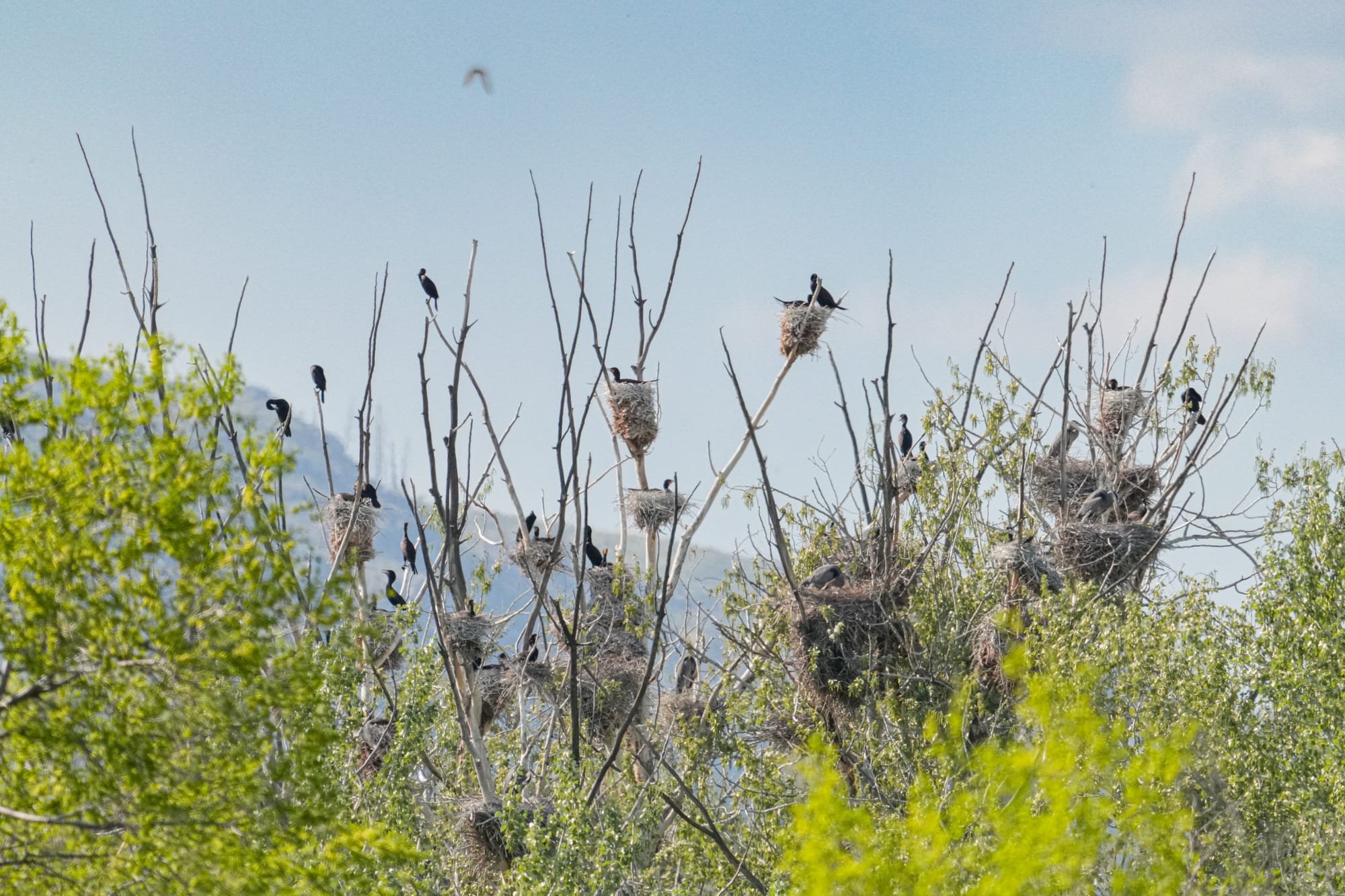
Observation of the Week: Lace Bugs
As you wander among fields of balsamroot flowers, look closely because you might spot some weirdly patterned insects on the leaves. These lace bugs are immediately recognizable by their lacy, intricatedly sculpted wings and body armor.
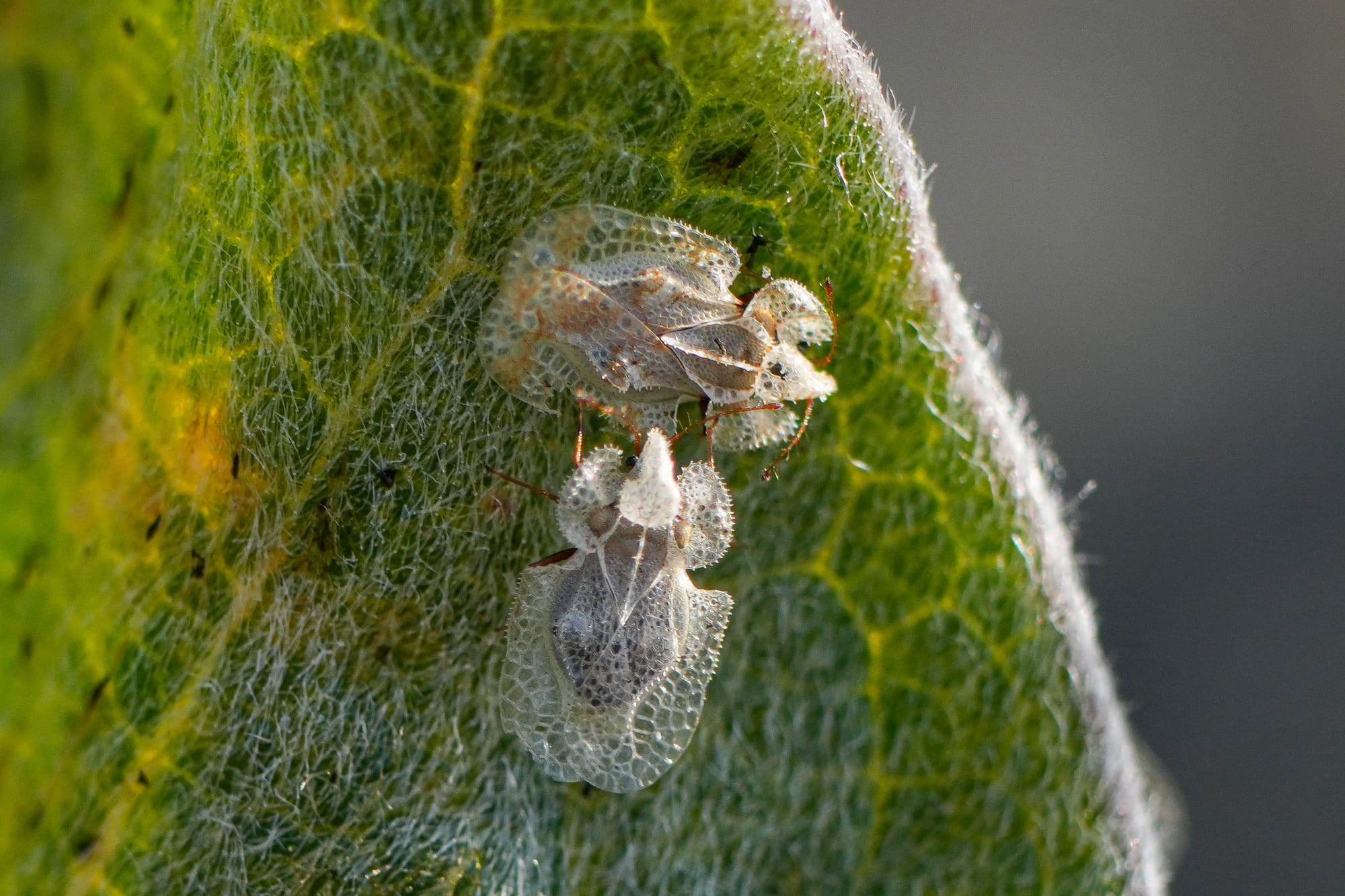
These true bugs in the order Hemiptera use their long, piercing-sucking mouthparts to pierce plant tissue and drink sap. They are almost entirely sedentary and spend most, or all, of their lives living on a single plant or leaf. In larger numbers lace bugs can compromise plant tissues and cause discoloration (they have the family name Tingidae because they tinge the color of leaves).
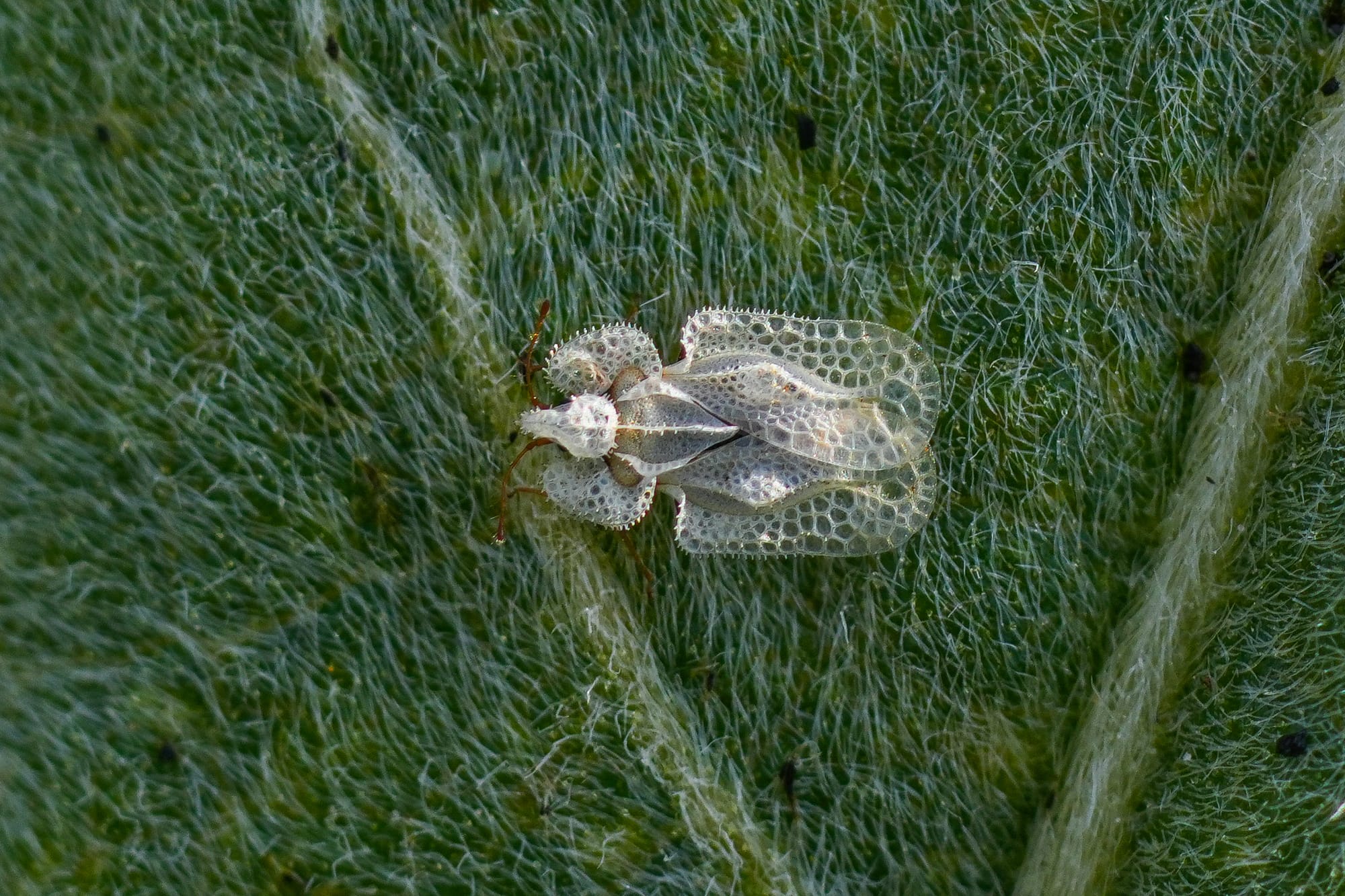
Remarkably, lace bugs also have relatively complex social systems, like ants or honeybees. They typically group together in "herds," where they recognize and favor close kin over strangers. At the same time, females tenderly guard their eggs and babies, aggressively charging at potential predators, and carefully guiding up to 100 babies from food patch to food patch.
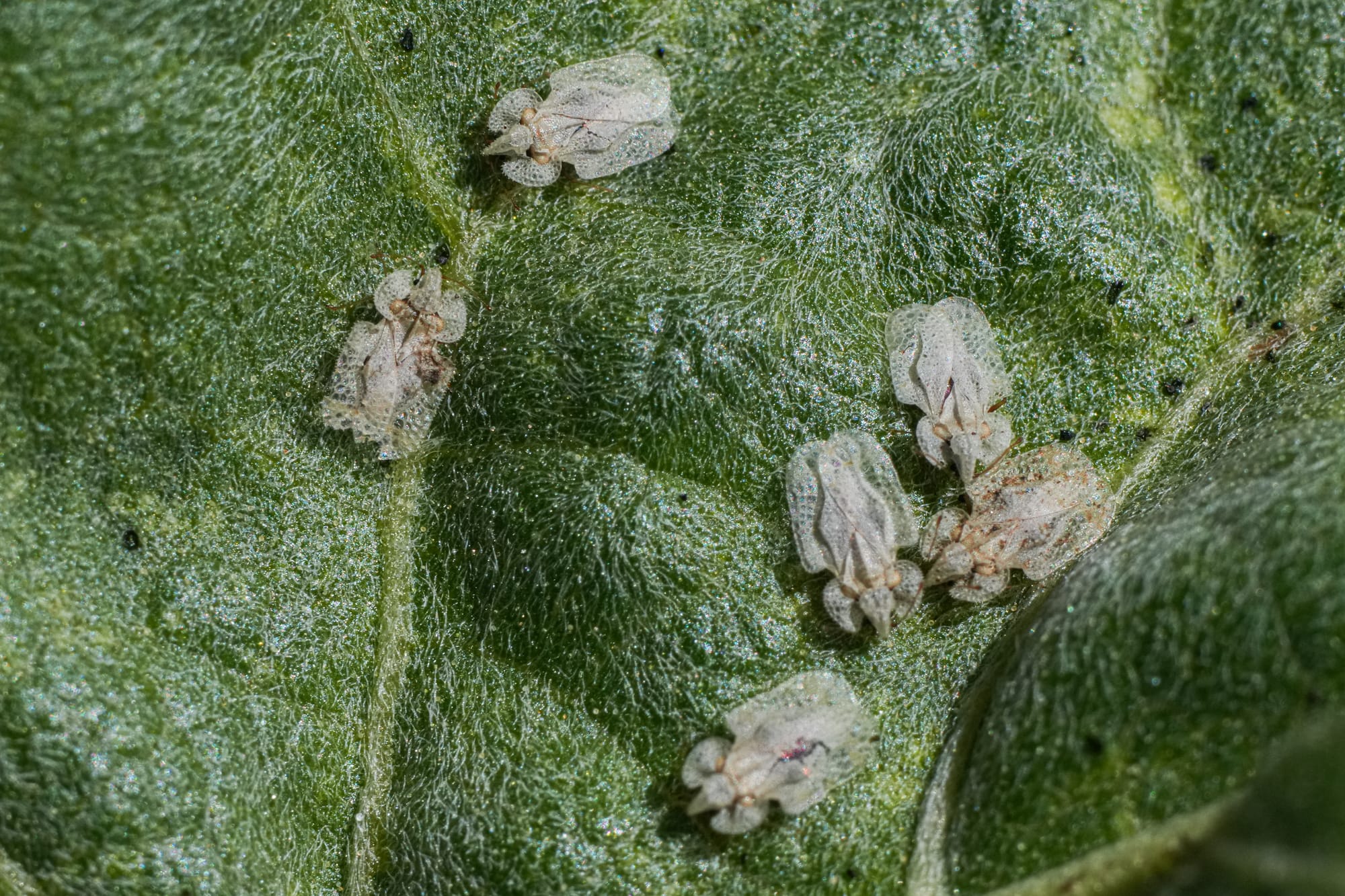
Females also spend a lot of time sneaking around and laying eggs in each other's egg masses. There's little cost to producing more eggs, and much to gain by having other females raise your babies with no added effort on your part, but at the same time this sneaking around means they leave their own eggs undefended so it's a complicated juggling act. Who knew there was so much going on in the bug world?!

